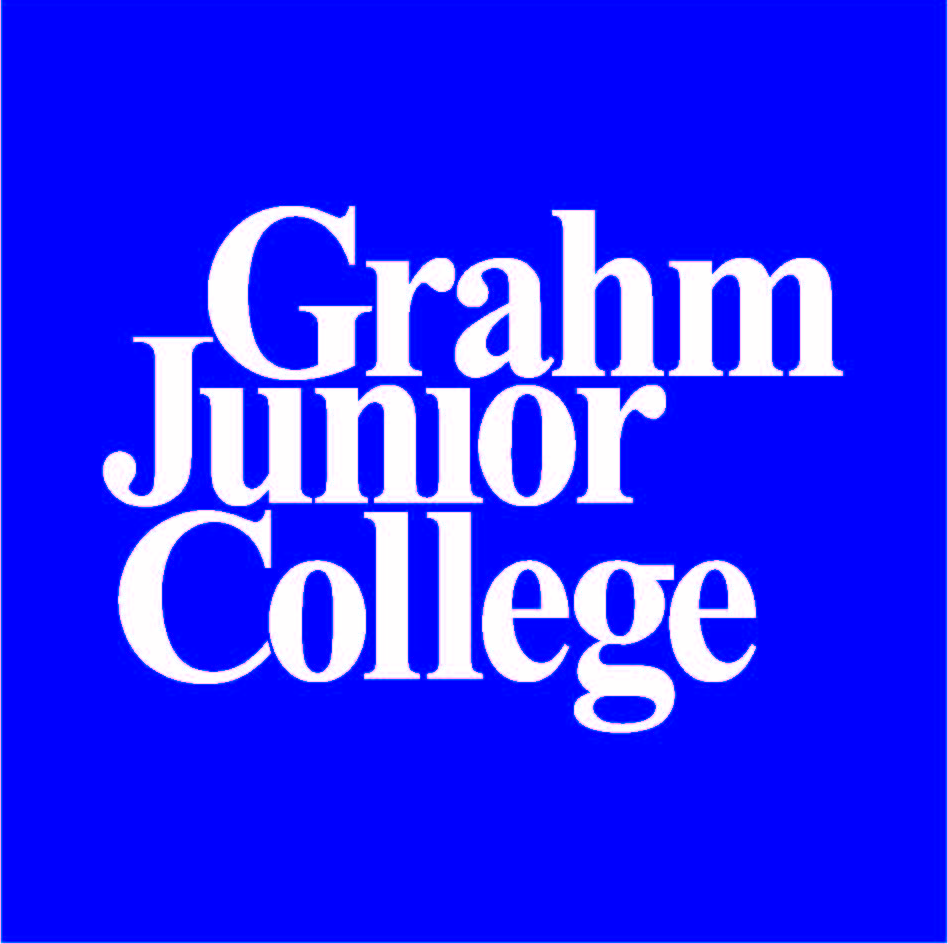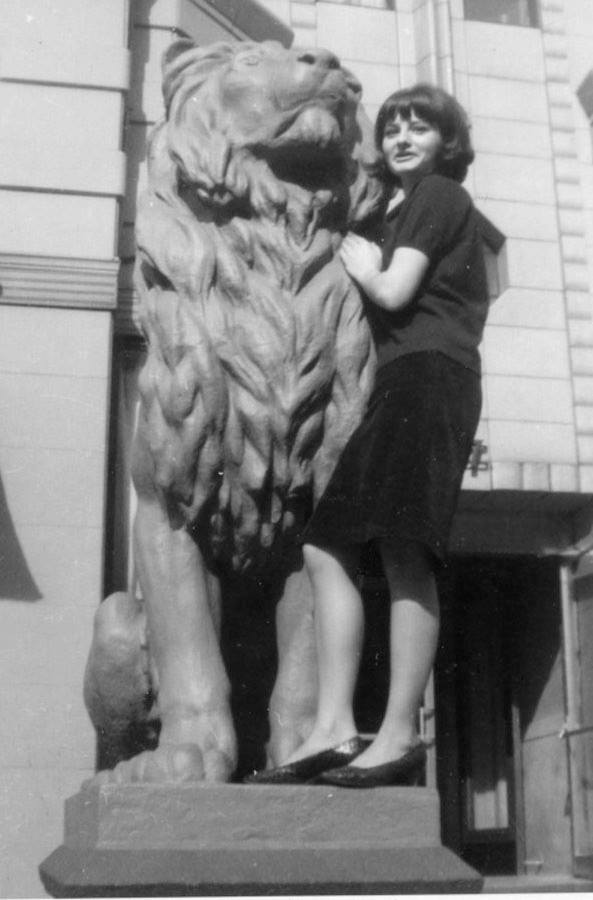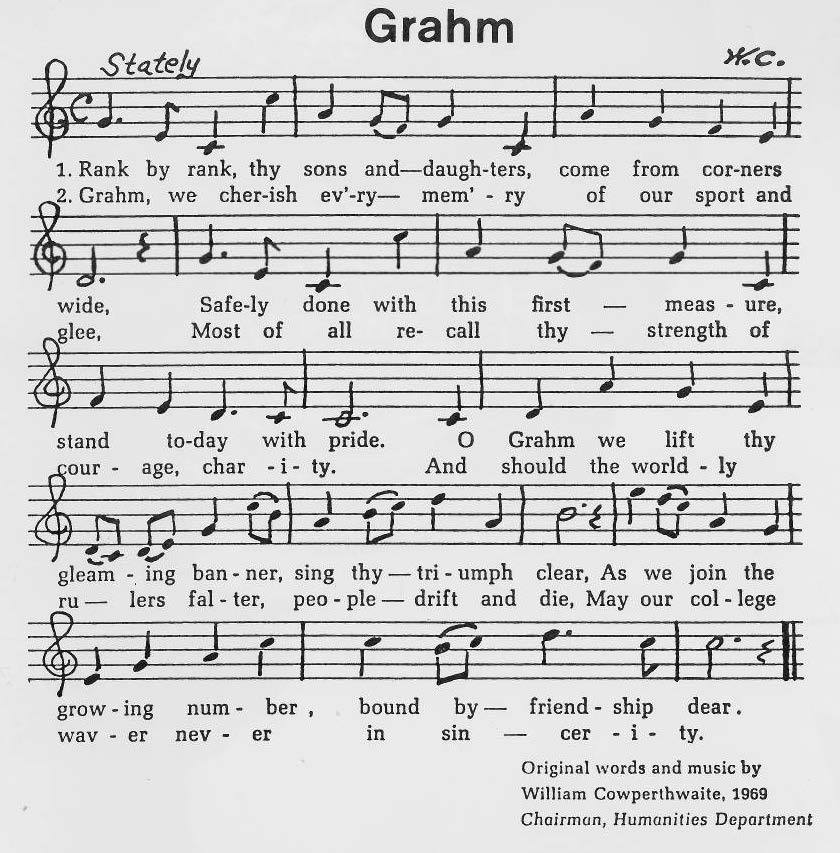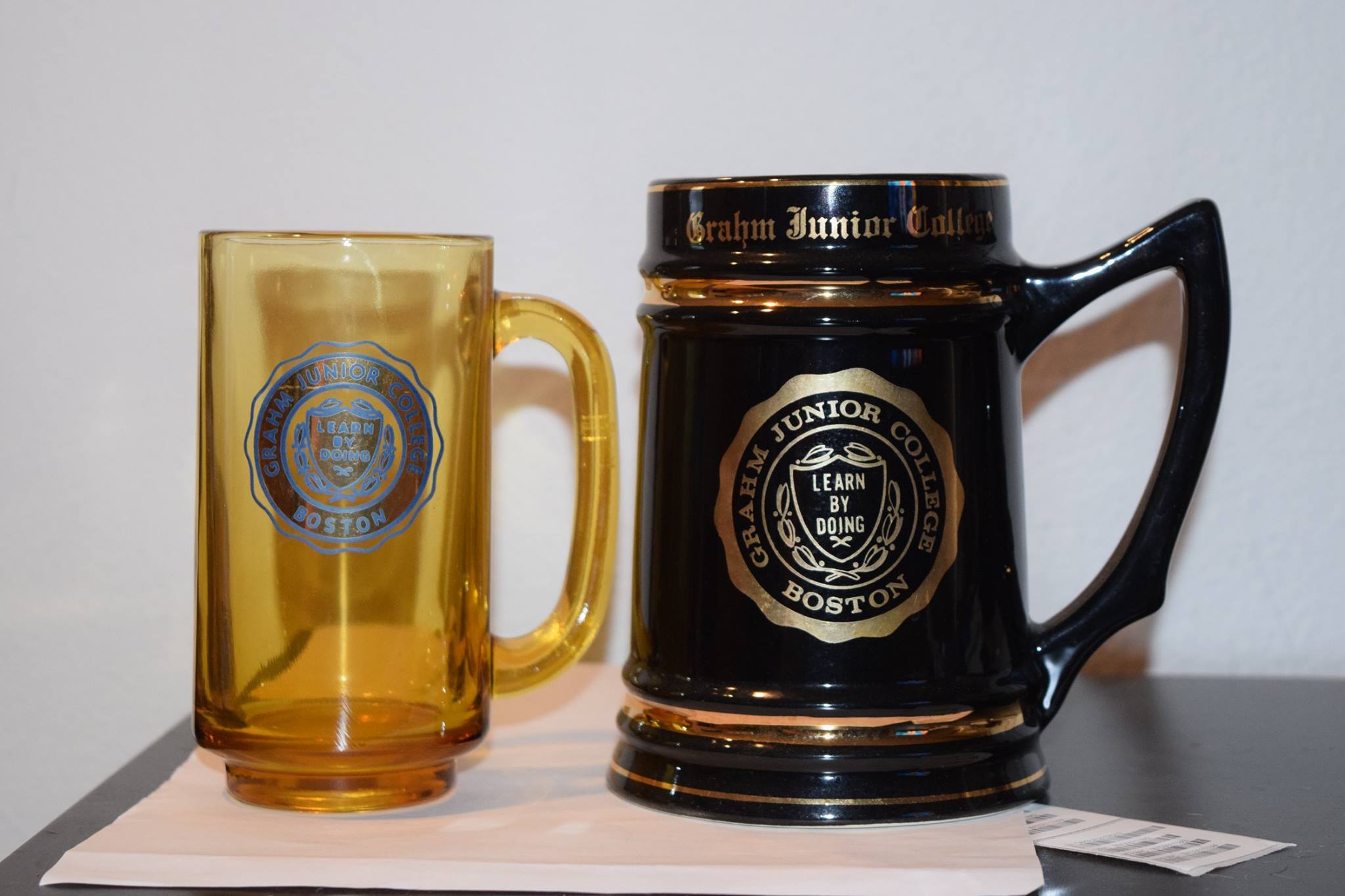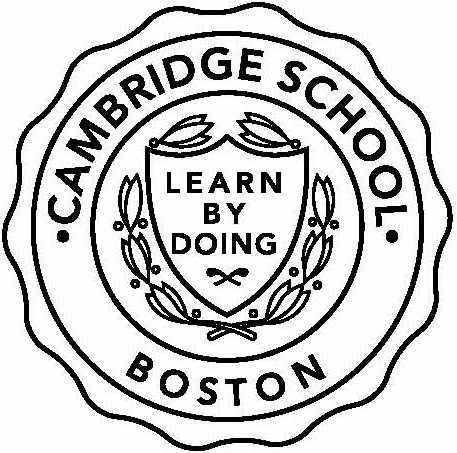K-Square
History of Kenmore Square
by Bill Tarkulich
Part II - Buildings and Signs
Hotels
From 1900 to 1940, the
main business of Kenmore Square was hotels. At one time the Hotel Kenmore,
Buckminster, Myles Standish, Braemore, Puritan, Charlesgate and Somerset Hotels
were all within 3 blocks of each other. In addition the original Sheraton Hotel
was nearby on Bay State Road. During
that period, hotels had both short-term rooms and long-term apartments for rent.
The term “apartment” often referred to an apartment within a hotel.
Some hotels had no public facilities.
After World War II,
the flight to suburbs and new hotels downtown made the square’s hotels dated and
uncompetitive. In the first change,
Boston University purchased the Myles Standish Hotel for use as dormitories in
1949. In 1965 The Cambridge School
(nee Grahm Junior College) purchase the Lumberman’s Mutual Fire Insurance
building (645 Beacon), Hotel Kenmore (490 Commonwealth),
Wadsworth Hotel (10 Kenmore St.) and the Hotel St. George (645 Beacon
Street). Further afield the Sherry
Biltmore Hotel had been acquired by Bryant and Stratton School. B. U. acquired Charlesgate West, the
Fensgate Hotel went to Chandler, and the Hotel Bostonian on Boylston St. to the
Berklee School of Music.
Hotel Buckminster
(1897)

Figure 14 Hotel Buckminster, 1899, 645 Beacon Street, Courtesy of the Boston Public Library, Leslie Jones Collection
One of the first hotels in the
area was the Hotel Buckminster, located on the intersection of Beacon Street and
Brookline Avenue. It was originally
known as the Buckminster apartment hotel. Built in 1897 and opened in 1899 by
Silvanus Stokes it had 200 rooms. The hotel was designed by the renowned
architect Stanford White, who also worked on the design of the Boston Public
Library and many of the elegant townhouses on Beacon Street. The Buckminster
featured apartment suites of two to seven rooms in addition to regular hotel
accommodations. For a while, it was the largest building in the square.
The Buckminster was the location
of a plan to fix the 1919 World Series.[i][ii] Joseph “Sport” Sullivan, a bookmaker and
a gambler and Arnold “Chick” Gandil, first baseman for the White Sox hatched the
plan in this hotel.
The hotel had the unfortunate luck
of having a fairly large betting operation running from its rooms. In 1934, three men were arrested for
running a betting pool and horse race betting

![]()
syndicates. Over 2,000 betting
slips were recovered. ”[iii]
WNAC radio moved into new studios
in the Buckminster in July, 1929. Later that year, using a 100-foot antenna
strapped to the building’s roof with clothesline, the station arranged the first
network broadcast in the history of radio with station WEAF in New York City.
This union formed a new company know as the Yankee Network. WNAC's owner, John
Shepard would later establish the first New England regional network of hometown
stations. Anxious to expand the prestige of the Yankee Network, Shepard
launched the Yankee News Service in March, 1934, the first independent news
roundup on radio. [iv]
In 1942 the Buckminster's role as
a major Boston hotel suffered a setback when the building was turned over to a
detachment of military police (First Service Command)[v]
for use as barracks. It was also
used for administration of the Army Emergency Relief Administration, and became
a popular drop off site for gifts sent to servicemen. Additionally it was used as a temporary
prison for a captured German submarine crew and Italian prisoners. Cell blocks had been constructed in the
basement for this purpose. [vi],
[vii]. It was returned to the owner in
November, 1945. The government
compensated the owners $164,000 for its use and related damages. Damages were limited to the bar room. It was used as a transient hotel until
1962.[viii] For many years after the war a Howard
Johnson’s was located in the front of the building.
From 1950 to 1953, the basement of
the Buckminster was home to the
Storyville
nightclub, a popular jazz venue, with important entertainers including Sarah
Vaughn, Dave Brubeck[ix],
Lois Armstrong, Billie Holiday and Red Garland.
Leonard Bernstein also performed here as a benefit to musicians who lost
their belongings in a cottage fire in Gloucester in 1952.[x] By 1953, the club had been renamed the
“Colonnade Room”.[xi]

Figure 17 Hotel Buckminster re-opens in 1946
Though the hotel's reputation
continued to weaken, WNAC kept right on with the times, converting most of its
studio space into some of Boston's first television studios which began
broadcasting on Channel 7 in June, 1948. The TV and radio station
operated on the site for twenty more years, enduring periodic changes of
ownership and facility upgrades.
The Yankee Network eventually
passed into history and the station became part of RKO-General, with the radio
station changing its call letters to WRKO and the TV station retaining the WNAC
call letters. The Buckminster also underwent changes in ownership and in 1962
its name was changed to the Hotel St. George.
In 1968 the building was sold to the Cambridge
School and renamed Leavitt Hall. WNAC by this time had moved to brand new
studios in Government Center.[xii] Grahm
never made use of the complete radio and television production studios left
behind in the basement of the Buckminster. They had already invested a great
deal of money building broadcast facilities at 632 Beacon Street and couldn't
afford to maintain both.
Hotel Kenmore (1916)

Figure 18 Kenmore Hotel Apartments 1915
In 1916 the “apartment hotel” known as Kenmore
Hotel opened and was pitched as a home for long term tenants. It was located[xiii]
at the corner of Kenmore Street and Commonwealth Ave. The building was originally planned to be
placed at the corner of Kenmore and Newbury Streets, opposite the Hotel
Wadsworth. While one postcard
(above) originally called it the “Kenmore Apartments”, it was continually
advertised as the “Hotel Kenmore”.

Figure 19 Hotel Kenmore 1926
In 1925 the hotel acquired adjacent land,
tore down the buildings and constructed an addition, doubling the size of the
building. The addition provided 150
new rooms, a new dining room for 175, a new downstairs café for 275 and a new
banquet hall for 400. Each room had
ice-water taps and showers in each room.
[xiv] A controversy erupted when the
Braemore-Kenmore Trust submitted plans for an 88 foot high building, 18 feet
higher than provided by law for buildings on Commonwealth Avenue. The trust argued that the building was of
a mansard style, common across the United States and was technically a roof. The trust eventually prevailed. In 1926, the hotel reopened, larger and
grander than ever. At the same time,
the hotel had acquired the Hotel Wadsworth, directly behind, adding a 3rd-floor
walkway bridge to it. Wadsworth was used for long-term apartments.

Figure 20 Beef 'n' Bird Restaurant, Hotel Kenmore
With 400 rooms, the Kenmore was
one of the Boston's finest hotels boasting elegant accommodations and many guest
services. It soon became an important part of the local social scene.
Some of the special guest room features included shampoo shower spray and
circulating ice water, but what set it apart from the other hotels in the area
was its special relationship with the Boston Red Sox. In the years prior to
World War II, the owners went out of their way to cater to the business of
professional baseball. Fenway Park was just three blocks away.
They had the perfect location.

Figure 21 Hotel Kenmore Lobby, Courtesy of the Boston Public Library, Leslie Jones Collection
The Kenmore soon became Boston's
baseball headquarters. At one time, just after the war and while the Braves
still belonged to Boston, all 14 visiting ball clubs stayed at the Kenmore.
Even the Red Sox made it their headquarters here when they returned from spring
training, until the players could find private residences around the city. This
made the Kenmore the only hotel in major league history that housed every
visiting team. Its banquet and meeting facilities were also frequently used by
team owners and management for business meetings.

Figure 22 A star pitcher for the Browns in his room at Hotel Kenmore, Circa 1951, Courtesy of the Boston Public Library, Leslie Jones Collection
Over the years, the Kenmore was the place
where trades were made, managers hired and fired, friendships begun and feuds
settled. It was also the scene of many post-game parties featuring countless
sports celebrities of the day. Casey Stengel while manager for the Braves and
later the Yankees would hold court for sportswriters and guests into the late
hours. The hotel was actually an all-sports gathering place. The Gridiron Club
held its dinners there; American Football League teams in town to play the
Patriots stayed there; the college football writers held their weekly luncheons
in its function rooms.

Figure 23 Hotel Kenmore, Courtesy of the Boston Public Library, Leslie Jones Collection
The Kenmore sports scene thrived throughout
the fifties and early sixties, but by 1965, the building had started to show its
age and the construction of large hotels like the Sheraton towers started to
take away business from the Kenmore. In 1966, its last owners, the Sonesta Hotel
chain decided to sell the property to the Cambridge School, which had already
been leasing space in the building for student housing. Renamed Kenmore Hall,
the building became the main dormitory for the Cambridge School and its
successor, Grahm Junior College. When Grahm closed its doors in 1979, both
properties were purchased by Boston University which converted both buildings
into apartments for senior citizens and special needs housing in 1984. The
former Hotel Kenmore is now called Kenmore Abbey, and Wadsworth returned to its
original namesake.[xv]
Peerless Motor Car Building, 660
Beacon Street (1910)

![]()
The Peerless Motor Car Company of New England leased this new building from 1910 to 1930. It was six-stories, with 70,000 square feet of floor space, constructed of red brick and limestone. A massive bronze and metal marquee was over the front entrance to the salesroom. Furniture was of mahogany and the building contained mahogany wainscoting. The salesroom contained chandeliers, and the furniture was covered with green upholstery. The cars entered and exited through a side street. General offices and stockroom were on the second floor. The third and fourth floor was used for automobile repair and overhauling. The fifth floor was for making and repairing tops and contained a tinsmith and blacksmith departments. The sixth floor was exclusively for pining and finishing automobiles. The building contained four elevator systems.[xvi]
Cities Service Oil Company
Building, 660 Beacon Street (1940)

Figure 25 1940 Advertisement
Cities Service Oil Company opened their new headquarters at 660 Beacon Street on August 9, 1940, replacing Peerless Motor Car as tenant and renaming it the “Cities Service Building”. The first floor provided a “Super service station” and a salesroom for accessories. The second, third and fourth floor contained parking for 150 cars. The fifth and sixth floors were the headquarters offices.
A huge neon sign was constructed 110 feet above the roof and was lit for the first time on August 9, 1940. The original sign measured 90 by 75 feet. The sign was replaced with the present-day CITGO sign[xvii] in 1965. It used the extant steel frame. John C. Brink, owner of the sign-making firm claimed the sign was [at the time] the largest in New England. [xviii] The sign was slated for demolition in 1979, but a grass roots preservationist movement saved it.

Figure 26 Kenmore Square circa 1956, (c) Massachusetts Institute of Technology
Attempts to sublet space in the building from 1960 to 1966 gained no takers. In 1966, Cities Service moved to a new headquarters alongside Route 128 in Braintree. The Ward School, a chain of business schools focusing on data processing leased one floor in 1966.[xix] Ward remained in this building for only a couple of years, after which the Andover Business Institute (ABI) occupied some of the space. [xx] Today the building houses a multi-floor Barnes and Noble bookstore and is owned by Boston University.
White Fuel Sign (1939)
The Buckminster Hotel hosted the White Fuel sign, from 1939[xxi] to 1982.[xxii]. During World War II the White Fuel Corporation agreed to change the animation of its sign to support the purchase of U. S. Defense Bonds and Stamps. “The neon tubes were arranged to depict a dramatically soaring plane which dips in its flight to the top of the huge ‘V’ for Victory. The plane then appears to be skywriting its way through this symbol with brilliant illumination following its flight to the end of the letter. Having completed the “V” the plane then flies off into space as the words ‘Keep ‘em Flying’ appear in red neon. Then comes [sic] the climax of the presentation, ‘Buy U. S. Defense Bonds and Stamps’ which flashes on in gold neon across the entire base of the sign.”[xxiii] The White Fuel Company opened a retail store across the square selling household appliances.
Hotel Wadsworth (1901)

Figure 27 Hotel Wadsworth, 2013
The Hotel Wadsworth,
10 Kenmore Street at the corner of West Newbury was opened in 1901 as a
residential apartment building. It
was filled with long-term apartments, advertising 52 suites of 2-3 Bedrooms each
with a bath, and long distance telephone.
The dining room seated 100.[xxiv]
In connection with the
Hotel Kenmore expansion of 1925, Wadsworth was acquired and used for long-term
hotel apartments.
In 1965, the Cambridge
School purchased both the Hotel Kenmore and the Wadsworth buildings for use as
dormitories.
The school used the
Wadsworth for only a few years. It was shuttered by 1972. As a result of the school bankruptcy and
subsequent foreclosure, the Wadsworth along with the Hotel Kenmore was sold to
Boston University, which converted them to elderly and special-needs housing.
The exterior of the building remains unchanged from its original construction.
Sheraton (Shelton) Apartment Hotel (1923)

Figure 28 The Sheraton, Advertisement, 1923
In 1923, a group of investors erected this
eight story building at 91 Bay State Road, overlooking the Charles River. It contained 132 apartments (250 rooms in
total), each arranged in suites of one and two rooms with a bath. This was one of the original holdings of
the Sheraton Corporation after its post-war incorporation. In 1950 the building was sold to A.M.
Sonnabend and renamed the Shelton. Sonnabend selected this name so as to
make as few changes as possible. He
even reused the monogrammed “S” towels.
The only thing they could not change was the “Sheraton” etched in limestone over
the entrance. Sonnabend owned
eight hotels, including the Somerset and Puritan in Boston.[xxv] Ted Williams and Playwright Eugene
O’Neill resided here as did Jeanette MacDonald, star of nearly 30 MGM films in
the 1930’s.
Local radio station WBMS broadcast from a
studio inside the hotel. Hosts include one of Boston’s first Afro-American radio
personalities, Sabby Lewis. Mayor
James Michael Curley ran a show offering commentary and reciting his own poetry.
[xxvi]
As was the case with other hotels nearby,
Boston University purchased the building in 1954 to be used as a women’s
dormitory[xxvii].
Boston University has written a comprehensive
history of this building.
http://www.bu.edu/bostonia/web/one-address-many-stories/
Hotel Braemore (1917)

Figure 29 The Braemore, Early Advertisement
The Braemore, located at the corner of
Commonwealth Avenue and Charlesgate West, was constructed during World War I, as
a luxury apartment hotel. The
Braemore had its series of misfortunes, including a suicide, two falls to death,
a fire and the president of Converse Rubber who vanished while hunting in the
Maine woods. On the positive side, a
young doorman was gifted $300,000 by a wealthy New York woman as reward and
encouragement for his hard work and honesty.
Hotel Somerset (1899)

Figure 30 Hotel Somerset, original publicity
Located across from the Braemore, on the
corner of Commonwealth Avenue and Charlesgate East, this was arguably the
largest and most elegant city hotel of its time. 6 stories high and at its opening
contained 30,000 square feet in of space, a large courtyard and 250 rooms. It was designed for both permanent and
transient guests. Electricity was
run throughout the building, superior to and safer than gas. The maids lived on the top floor. The wood above the first floor is
sycamore. Its corridor was
reproduced from the Palace of Versailles; the grand staircase was of marble and
gold. The popular Palm and Dutch rooms were
decorated with Flemish wainscoting.
The main dining room was furnished in the Jacobean period and contained massive
mahogany beams, 30 inches deep. It contained a library decorated in the
Elizabethan period, finished in mahogany.
It also contained a ballroom and ladies parlor.[xxviii]
It attracted important visitors, including
Kaiser Prince Henry of Prussia in 1902.[xxix]
The Somerset annexed the adjacent Hotel
Puritan on Commonwealth Avenue in 1952, which greatly increased its capacity.
Myles Standish Hotel (1925)

Figure 31 Myles Standish Hotel, Courtesy of the Boston Public Library, Leslie Jones Collection
This nine-story apartment hotel was built in
1925. It is located at the junction
of Bay State Road and Beacon Street.
It originally contained 225 suites, on 20,808 feet of land. The exterior bottom two stories were made
of limestone and the upper floors of brick.
As was the case throughout the city, it was constructed to be fireproof.
In 1949, the Myles Standish was the first in a
series of hotels to be sold to college concerns. Boston University purchased the building
and converted it into a men’s dormitory.
Hotel Charlesview (1912)

Figure 32 Charlesview Hotel, 1912
The Hotel Charlesview (536 Commonwealth Avenue) was another building on the south side of the square. Beginning in 1900, it was marketed to doctors, dentists, hospital executives and surgeons as long-term residence. Tenants often lived there for decades, some into the 1970’s. The Charlesview building remains today.

Figure 33 Hotel Charlesview, 2013. When first constructed, it was designated street number 536. Say “hello” to Walter, the Grahm Junior College Mascot!
Waterman’s (building circa 1900)
No history of the square would be complete without mention of
the J. S. Waterman Funeral Chapel. Located
in a distinctive triangular shape, at the easterly intersection of Beacon St.
and Commonwealth Avenue, the building appears in seemingly every photograph of
the square. In 1921, new buildings
were acquired at 493, 495 and 497 (1925) Commonwealth Avenue, Kenmore Square,
Boston. The firm had previously been located on Washington Street in Roxbury. The location was previously the private
residence of an affluent stockbroker.
In September 1990, the Son-Waring-Langone Funeral Home and Waterman are merged.
In 1996, the giant funeral home operator Service Corporation International of
Houston purchased the 17 funeral homes of Waterman’s and Waring-Langone.
In 2005, the funeral home closed and business was merged
with the Langone Funeral Home in Boston's North End.
In 2008, the building was converted into a condo
complex.xxx
Adjacent to the Waterman’s corner lot, were several residences along Commonwealth Avenue which were constructed from 1892 to 1899. In the row was a medical office building. The row was bookended at the corner of Charlesgate West by a mansion owned by an extremely wealthy businessman. His estate was valued at several million dollars at his death in 1900, an enormous amount of money for the time.
[i] Chicago Tribune
[ii] Eight Men Out, Eliot Asinof
[iii] Arrest Trio in Raid On Betting Quarters, Daily Boston Globe, Jun 17 1934
[iv] Matt Hasson, 2013
[v] Army Takes Buckminster, Boston Herald Aug 19, 1942
[vi] Another Hotel Here Taken Over by Government, Boston Globe
[vii] Buckminster Owners Awarded $169,250
Boston Herald, Nov 15, 1945
[viii] Buckminster to Reopen as a Transient Hotel, Boston Herald, Mar 1, 1946
[ix] Advertisement, Boston Daily Records, Oct 10, 1952
[x] Boston Daily Record, Aug 13, 1952
[xi] Advertisement, Boston Daily Record, May 16, 1953
[xii] RKO radio, TV stations settled in new home, Boston Globe, Dec. 1 1968
[xiii] Advertisement, Hotel Kenmore, Boston Herald, Aug 13, 1916
[xiv] Addition to Hotel Kenmore, Boston Herald, Aug 9, 1925
[xv] Matt Hasson, 2013
[xvi] Peerless Moves into New Home, Boston Herald, Aug 14, 1910
[xvii] http://www.citgo.com/AboutCITGO/BostonSign.jsp
[xviii] New CITGO Emblem Lights Up Kenmore Square, Boston Herald, Dec 16, 1965
[xix] Ward School Here Expanding, Boston Sunday Herald, May 22, 1966
[xx] ABI was shut down in the early 1970’s due to deceptive advertising practices.
[xxi] Governor Lights Sign, Aug 4, 1939, Boston Herald
[xxii] Boston Globe, Mar 4, 1982
[xxiii] White Fuel’s Sign at Kenmore Sq. is Winged Plea for Defense Bonds, Daily Boston Globe, Feb 26, 1942
[xxiv] Advertisement, Boston Herald, Apr 5, 1901
[xxv][xxv] Sheraton Hotel Sold to AM Sonnabend renamed Shelton, Daily Boston Globe, Aug 18 1950
[xxvi] One Address, Many Stories, Patrick L. Kennedy, BU Today
[xxvii] BU buys Shelton Hotel for Coed Dorm, Boston Herald, Jun 23, 1954
[xxviii] One of the Worlds Magnificent Hotels, Boston Daily Globe, Mar 1, 1899
[xxix] Apartments fit for the Kaiser, Boston Daily Globe, Mar 2, 1902
[xxx] Moshinskie, Jim. P J.S. Waterman Funeral Directors, Kenmore Square, Boston, 1921 - 2005
